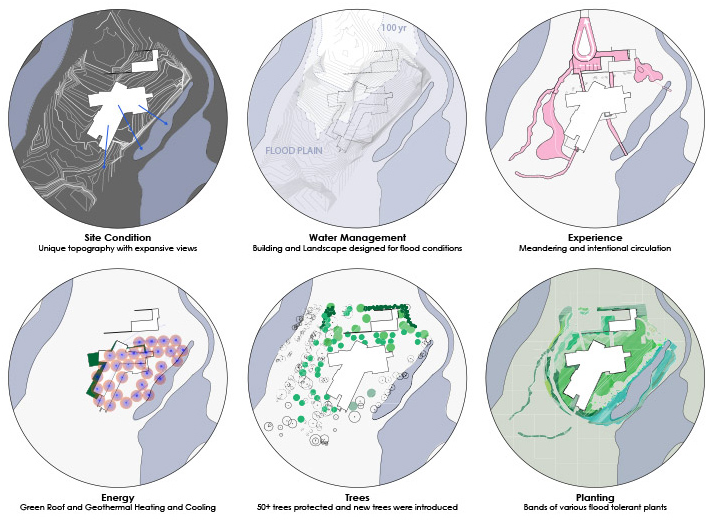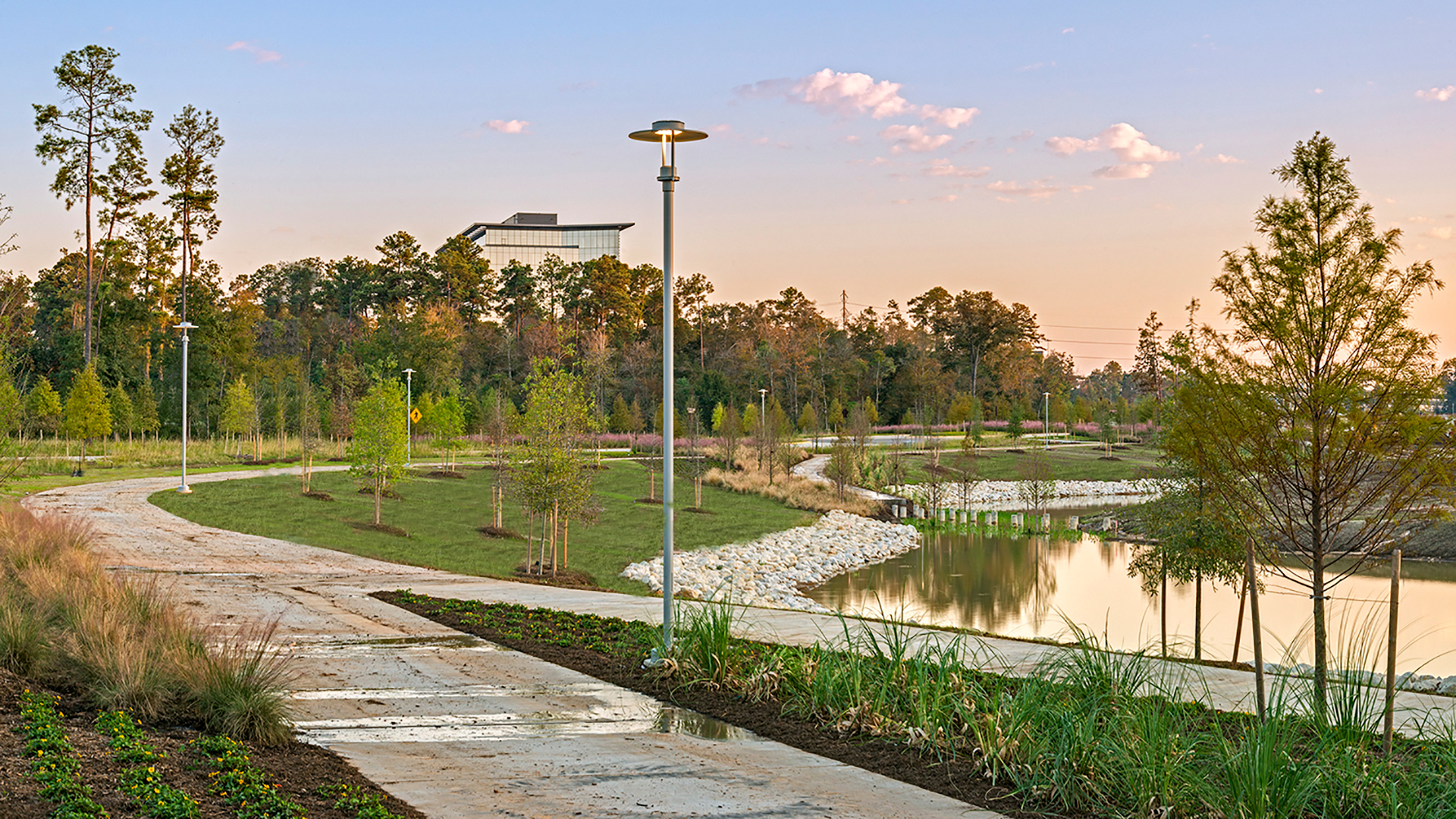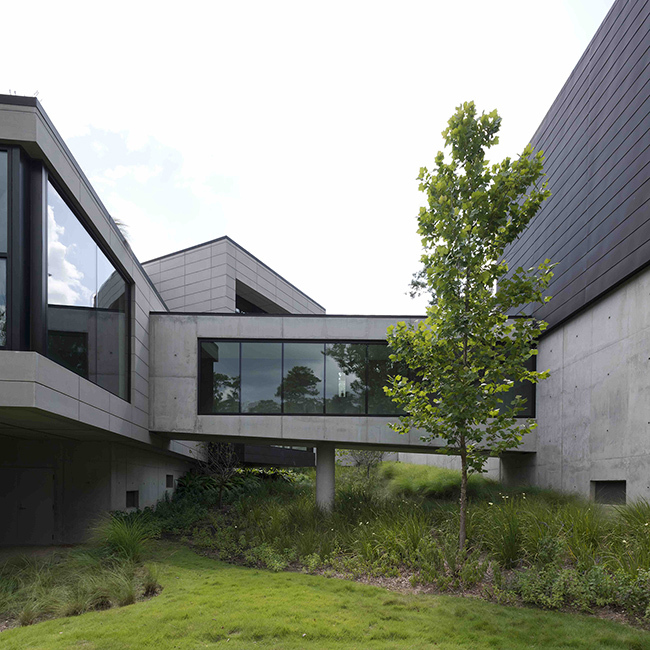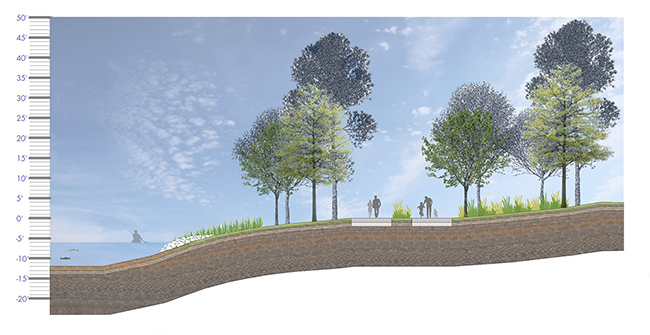Stormwater management, once a term whose tone evoked security and rigidity, was a practice defined by the actions of the US Army Corps of Engineers. Think of a major flood as a matter of national security; homes flood, transportation is halted, power outages occur and basic services are closed. Controlling the movement of water after an intense rainfall event was the only method for guaranteeing that the residents of a city could continue to occupy necessary infrastructure and live securely. Water was designed to flow along hard surfaces sloped towards storm drains then pumped to holding spaces and eventually to a nearby water body.
These systems were traditionally made from durable materials such as concrete which offers longevity, but not permeability. With a progressive understanding of desired infrastructural consistencies and ecological patterns emerged a new practice of stormwater management frequently coined “green infrastructure” and considered a design asset. This game-changing practice uses vegetation, topography, and an understanding of ground conditions to restore natural hydrologies with planting.
These two highlighted projects have been successful over time due to the firm using innovative approaches to stormwater management and making it an amenity to the site design.
At the Buffalo Bayou Residence, stormwater management influences the design aesthetic and experiential quality of the home. Geotextile fabrics and plant roots offer stability to the soils and by allowing water to flow through a rain garden, rocky ground materials, and plants. Water turbidity is decreased and water is filtered before flowing into the adjacent bayou. A clever land mitigation method allows a portion of the land to flood underneath the house. During a large flood event, this strategic intervention creates an environment where the home appears to float above a lake.

An invisible system masked by vegetation
A bridge over stormwater. This incident has yet to be captured via photograph.
In The Woodlands, TX at a new master planned community called Springwoods Village, water that falls on the ground flows towards a massive detention basin disguised as a necklace of eight lakes. At the lake’s edge, water that hasn’t infiltrated into the ground flows through a series of native gulf coast plants and gravel filters, removing runoff contaminants from the adjacent suburban development and slowing down the pace of the water. Stormwater is also collected, treated, and reused for irrigation on dry days.

Plants and gravel filter the water before it reaches the lake in this manicured landscape. The project is under construction in this image.
Elevations are key. The water levels in the lake can fluctuate, when necessary.
To learn more about OJBLAB read our inaugural blog post.

